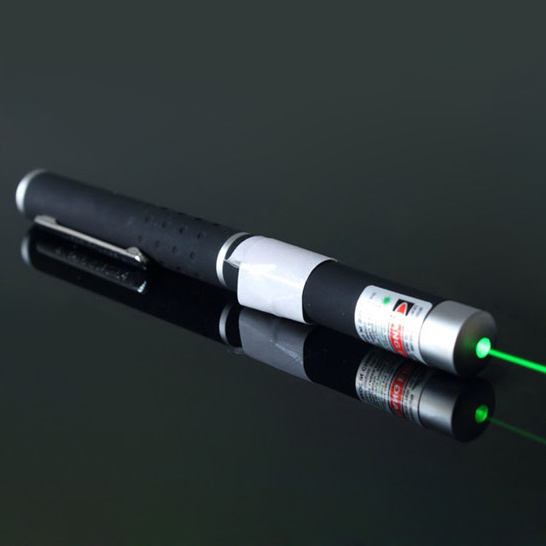The semiconductor laser has been widely used since its birth in 1962, but it still has a much criticized shortcoming, that is, a large divergence angle and an elliptical light emission. Usually the vertical half-angle divergence angle is greater than 30°, and the horizontal direction is about 10°, which results in lower beam quality and poor focusability. Although the high-power direct semiconductor laser pointer light source can be improved and realized by optical methods, the final beam quality of the light source will still be limited by the beam quality of the unit device.
Recently, the research team of the State Key Laboratory of Optics and Applications of the Institute of Optics and Fine Mechanics proposed a new type of semiconductor blue laser pointer structure, which uses bilateral Bragg reflection waveguides to achieve optical field control through the principle of photonic band gap, and finally achieve a divergence angle less than 5° circular beam semiconductor laser.
The 95% energy of this laser corresponds to a vertical divergence angle of only 9.8° (the best international report is 15.6°), and it maintains a circular beam output under different current driving. The maximum continuous output power of the device reaches 4.6W. The direct fiber coupling experiment proves Coupling efficiency above 90%.
This method starts from the structure of the semiconductor laser and improves the divergence angle of the semiconductor laser from the source. It is expected to replace the current commercial semiconductor laser and has important application prospects.
